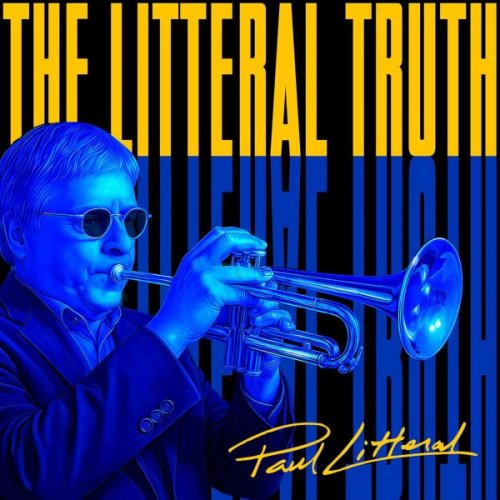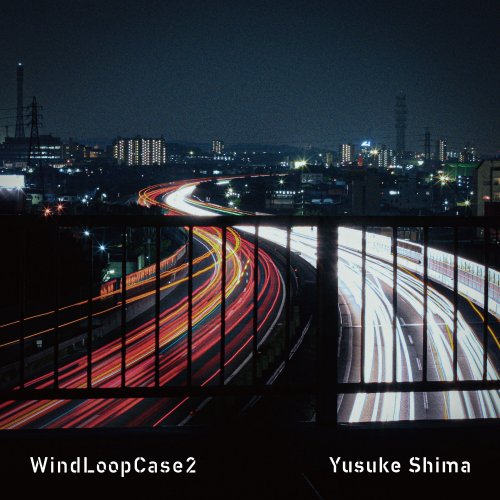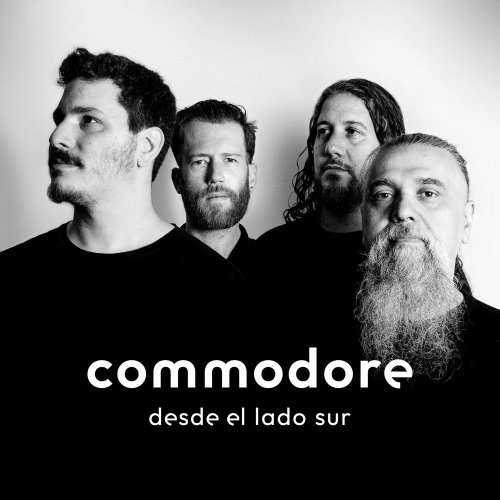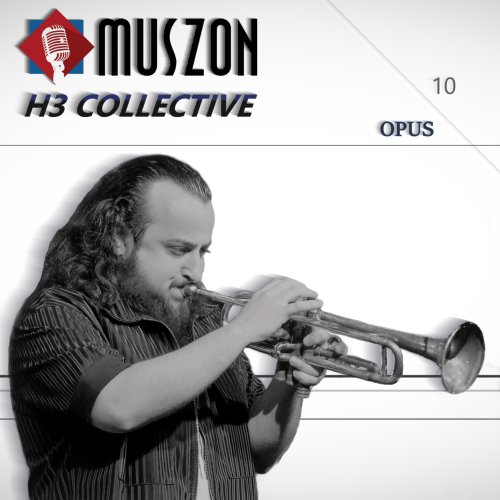Tatiana Mesniankine, Daniel Gardiole - Sergei Prokofiev, Anthony Girard: D'ombres et de Lumières (Sonata for Violin and Piano No. 1 Op. 80, in F Minor - Sonate pour violon et piano "Behind the light") (2024) [Hi-Res]
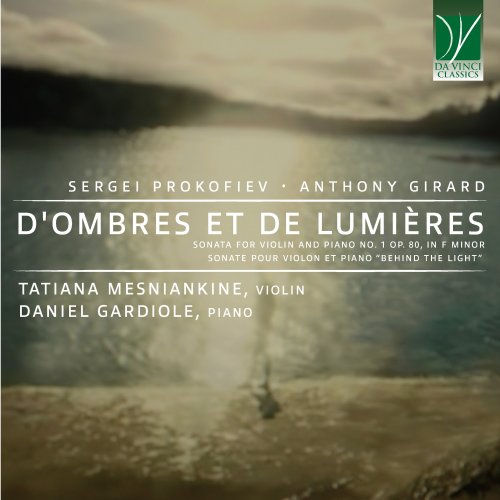
Artist: Tatiana Mesniankine, Daniel Gardiole
Title: Sergei Prokofiev, Anthony Girard: D'ombres et de Lumières (Sonata for Violin and Piano No. 1 Op. 80, in F Minor - Sonate pour violon et piano "Behind the light")
Year Of Release: 2024
Label: Da Vinci Classics
Genre: Classical
Quality: flac lossless (tracks) / flac 24bits - 96.0kHz
Total Time: 00:53:17
Total Size: 242 / 839 mb
WebSite: Album Preview
TracklistTitle: Sergei Prokofiev, Anthony Girard: D'ombres et de Lumières (Sonata for Violin and Piano No. 1 Op. 80, in F Minor - Sonate pour violon et piano "Behind the light")
Year Of Release: 2024
Label: Da Vinci Classics
Genre: Classical
Quality: flac lossless (tracks) / flac 24bits - 96.0kHz
Total Time: 00:53:17
Total Size: 242 / 839 mb
WebSite: Album Preview
01. Sonata for Violin and Piano No. 1 in F Minor, Op. 80: I. Andante assai
02. Sonata for Violin and Piano No. 1 in F Minor, Op. 80: II. Allegro brusco
03. Sonata for Violin and Piano No. 1 in F Minor, Op. 80: III. Andante
04. Sonata for Violin and Piano No. 1 in F Minor, Op. 80: IV. Allegrissimo
05. Sonate pour violon et piano "Behind the light"
![Tatiana Mesniankine, Daniel Gardiole - Sergei Prokofiev, Anthony Girard: D'ombres et de Lumières (Sonata for Violin and Piano No. 1 Op. 80, in F Minor - Sonate pour violon et piano "Behind the light") (2024) [Hi-Res]](https://www.dibpic.com/uploads/posts/2024-01/1706220532_tatiana-mesniankine-daniel-gardiole-sergei-prokofiev-2024-back.jpg)
Noise, the fury of war, the unleashing of madness, and tyrannies marked the twentieth century as a time of shadow. The elements of metal and steel, combined with emotions of hate and death, painted a backdrop many wished to leave behind.
Their music carries the echoes of that tumult, the anguish of exile, and the sufferings of persecution.
Just as night follows day, the onset of the new century brings with it a hope for peace. Hope that darkness will be overshadowed by light, that the world can take a moment to breathe, and that humanity can reclaim its rightful place. Hope for a time when songs are gentle and the harmony resonates with peace. In this Music, serenity, and poetry find their harmonious union in this environment.
Sergei Prokofiev was acutely aware of the ever-present potential for those shadowy times to return. Anthony Girard, on the other hand, depicts the light we all wish will brighten this century.
This record stands as a testament to that duality.
Prokofiev’s sonata was composed between 1938 and 1946 and appears to be directly linked to the Russian history of its time. Let’s recall some facts. In the 1920s, Prokofiev, like many other artists, was in political exile. The USSR offered him various financial incentives to return, which he did in 1932, going back to Moscow. However, a few years later, between 1936 and 1937, the period known as the “Great Terror” began, during which 700,000 Soviets lost their lives. Among them were the composer’s friends, such as Vladimir Moutnykh, the director of the Bolshoi who commissioned Romeo and Juliet, and Adrian Piotrovski, the co-librettist.
So, one year after this tragic period, Prokofiev composed his sonata, or at least sketched out some of its features. Some note — as Prokofiev himself wrote — that the first movement was influenced by listening to a sonata by Handel. While it is likely that this slow and declamatory movement is of baroque inspiration, it seems more so that he composed it as a tribute to the departed. Several indications support this.
Firstly, Prokofiev suggested to David Oïstrakh that the scales at the end of the first and fourth movements should sound like “the wind in a cemetery.”
Another clue is that, unlike many of his other works, the sonata does not use any pre-existing themes. Prokofiev does not engage in self-citation: “This sonata seems to draw its inspiration from the strangely dark wells of fear, despair, and mourning.” It appears to stand alone.
After jotting down some musical themes and ideas, Prokofiev was caught up in new official commissions: the scores for Eisenstein’s films, Alexander Nevsky (1938), Ivan the Terrible (between 1942 and 1945), are the most well-known examples. Indeed, Stalin, who had terrorized intellectuals and artists with massive surveillance a few years earlier, decided to encourage them once again to create, provided that their works had a patriotic theme.
Did Prokofiev sense the tide turning? Did he hasten the creation of his sonata for fear that it might be banned? One thing is certain, although the composer received the Stalin Prize in 1945 for the second time, eight of his works were banned in 1948. This dual condemnation, of his works and himself, left him financially distressed.
This sonata for violin and piano thus carries this dark and terrible history. Nevertheless, it remains the magisterial work of an immense composer. We will not dwell on the piece’s musical structure, but let’s note a few distinctive features.
The first movement bears the seal of contemplation. The slow theme on the piano, descending into the low register, takes on a mournful solemnity. The two instruments respond without confronting each other, harmonizing to express their sad lamentation together and in turn.
In the second movement, an allegro in sonata form, the piano and violin confront each other with fragments of vertical and fragmented themes. The Eroica theme introduced on the violin suddenly emerges from this chaos but is nonetheless accompanied by a brutal, deep, and pounding piano. Ultimately, the heroism of this theme, at times tinged with irony, will not achieve its goal. Gradually, the materials harmonize and together adopt a sarcastic, dizzying, and brilliant tone, reflecting the composer’s genius and incredible mastery.
The gentleness of the third movement matches the darkness of the first two. A calm and expressiveness unfold smoothly. Only at the very end does the violin play a few marcato notes, bringing this peaceful movement to a close.
The fourth movement is a fireworks display, intertwining dances with syncopated rhythms, acidic themes, and reminiscences of the first movement. To conclude the piece, the violin plays muted scales that resemble “the wind passing through a cemetery.”
From darkness to light, and then from light to darkness, this sonata alternates emotions with strength and intensity.
Prokofiev did not revisit it until 1946, after the war. Let us also question the date of the work’s creation. He completed it in August 1946 and scheduled its premiere for October 23 of the same year.
While Prokofiev’s sonata is intimately linked to the tragic events of the Soviet regime, bearing the composer’s sharp and despairing critical gaze, Anthony Girard’s sonata, composed in 2005, is an invitation to inner exploration. In this sonata, the spirit liberates itself from all material concerns and, carried away from itself, allows itself to be guided towards imaginary and lush landscapes, visions of another world.
The highly narrative violin unfolds a range of melodic curves, at times lyrical and sung, at times melancholic and introverted. The piano, with its constant and gentle accompaniment, provides a serene environment, conducive to the seamless development of its melody. And we perceive, dazzled, this lyricism that oscillates between active listening and contemplative hearing, akin to a dream: we gently settle into a state of semi-consciousness where dreams, visions, and lights subtly permeate reality.
The first movement allows the violin to unfold freely. The piano accompanies it with rhythmic and melodic cells, tinting it with changing colors, guiding it, subtly transitioning from one ambiance to another, allowing its blossoming.
The second movement begins with a motif on the open strings of the violin, stripped down and understated, later taken up by the piano as its accompanying motif.
The intention to take a journey is interrupted. The spirit does not descend.
The title of this sonata, ‘Behind the Light,’ is fully embodied at the very end of the piece when the two instruments revisit the initial theme but transcend it through a lyrical piano soaring in the high registers, joined by a swirling violin, all culminating in a beautiful G major chord.
Regarding a piece for piano and string quartet called ‘Invisible Gardens,’ Anthony Girard told musicologist Michel Le Naour, ‘I conceived it as a landscape music, a series of somewhat unreal snapshots, a kind of invitation to different imaginary gardens.’
‘Behind the Light,’ in English, is also an invitation to travel. A journey that leads toward the light.
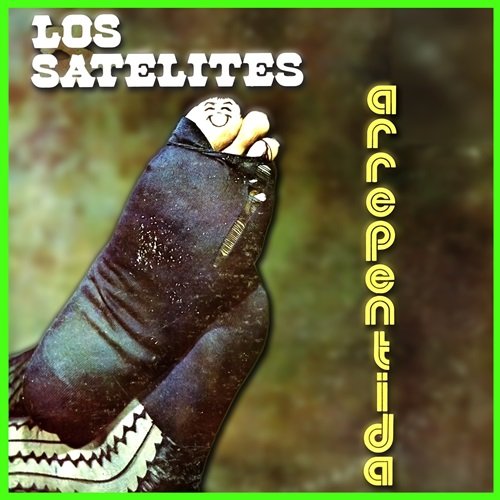
![Black Flower - Ghost Radio (2016) [Hi-Res] Black Flower - Ghost Radio (2016) [Hi-Res]](https://img.israbox.com/img/2025-12/21/9jx4xnhjd3hra5u06rbmghsre.jpg)


